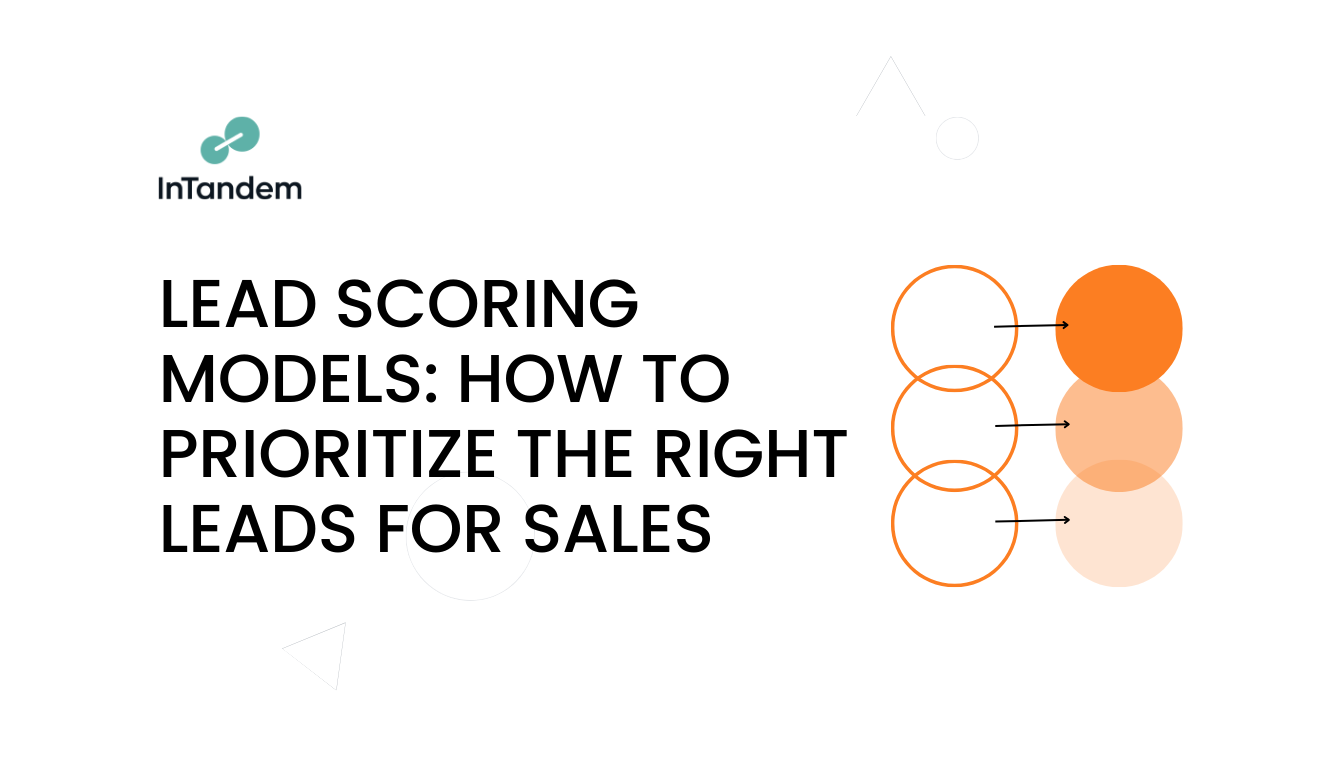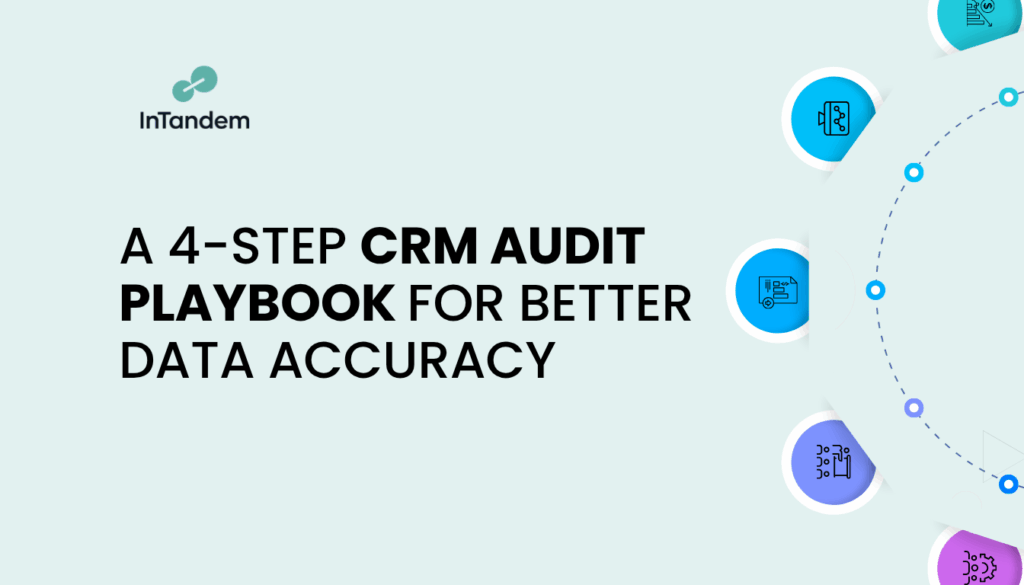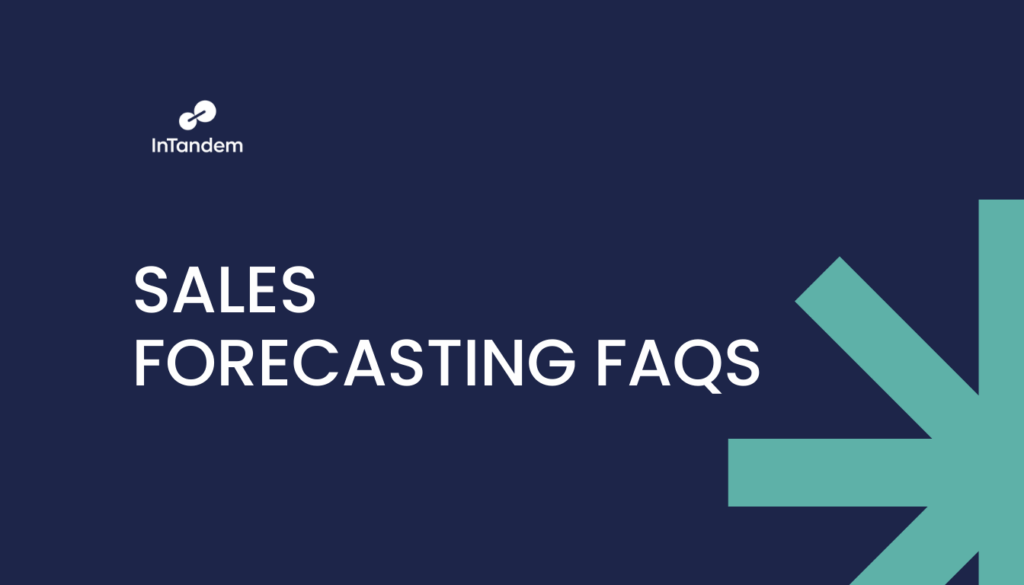Lead Scoring Models: How to Prioritize the Right Leads for Sales

Article Highlights
Why Lead Scoring Matters to Your Revenue Engine
Now that your CRM data is clean, it’s time to shift focus: not all leads are created equal, and treating them the same can waste valuable time and resources. Lead scoring models help you systematically prioritize the prospects most likely to convert, enabling sales teams to work smarter, close faster, and grow revenue predictably.
This guide breaks down how to build and implement an effective lead scoring model that fits your business’s specific needs.
What You Need to Get Started
Before creating your lead scoring model, make sure you have:
- Cross-Functional Alignment: Collaborate with Sales, Marketing, and RevOps to define what a “qualified” lead looks like.
- CRM and Marketing Automation Access: Ensure your systems can capture, score, and route leads based on defined criteria.
- Historical Data: Pull reports on past closed-won and closed-lost opportunities to identify patterns.
- Analytics Tools: Use platforms like HubSpot, Salesforce, or custom BI dashboards to validate assumptions with real data.
Once these are ready, you’re set to start building.
Phase 1: Define What Makes a Lead “Qualified”
Who’s Involved: Sales Leadership, Marketing Leadership, RevOps Manager
Why This Matters:
Without a shared definition of a qualified lead, scoring becomes arbitrary. Aligning early ensures that marketing hands off leads that sales wants.
Action Plan:
- Identify Key Demographics: Industry, company size, job title, location.
- Define Buyer Personas: Ensure the team agrees on the personas that scoring will be built around (e.g., Economic Buyer vs. Champion).
- Pinpoint Behavioral Triggers: Content downloads, email engagement, product trials, demo requests.
- List Disqualifiers: Roles outside your target, industries you don’t serve, or fake emails.
- Document Qualification Criteria: Create a working doc that all teams can reference.
Key Outcomes:
- Shared definition of a qualified lead
- Alignment across sales and marketing teams
- Disqualifiers clearly outlined
Phase 2: Assign Scores Based on Value
Who’s Involved: Marketing Ops, CRM Admin, Sales Enablement
Why This Matters:
Scoring should reflect the actual likelihood of conversion, not just arbitrary activities. Right weighting drives real predictability.
Action Plan:
- Score Demographic Fit: (e.g., Director-level = +10 points, Student = -10 points)
- Score Behavioral Actions: Assign point values based on action strength (e.g., Webinar attended = +15, Pricing page visit = +20).
- Clarify Intent Tiers: Tier behaviors into high, medium, and low intent. For example, email opens = low; demo request = high.
- Apply Negative Scores: Penalize bad-fit actions or disengagement like spam trap clicks, bounced emails (e.g., Unsubscribes = -15 points).
- Scoring Threshold Calibration: Use historical data to find the score range where leads convert at the highest rates
- Weight by Impact: Prioritize high-intent behaviors over surface-level engagement.
- Implement Score Decay: Automatically reduce scores over time if a lead is inactive.
Example: Lead Scoring Template

Key Outcomes:
- Initial lead scoring model with clear point values
- Scoring reflects true sales readiness
- Early warning signals are built into the system
Phase 3: Test, Validate, and Adjust
Who’s Involved: RevOps Analyst, Sales Managers, Marketing Analysts
Why This Matters:
Even the smartest models are guesses at first. Testing ensures the model mirrors reality and improves conversion rates.
Action Plan:
- Pilot Internally: Apply scores retroactively to past leads and compare against outcomes.
- Gather Sales Feedback: Are the “high-scoring” leads genuinely sales-ready?
- Monitor Conversion Rates: Analyze if scoring is improving pipeline velocity.
- Adjust Scoring Logic: Refine weights and criteria based on real-world performance.
- Build a Reporting Cadence: Set up monthly reports on lead score performance to spot drop-offs and recalibrate proactively.
Key Outcomes:
- Scoring model validated with historical data
- Clear understanding of adjustments needed
- Sales feedback loop established
Phase 4: Operationalize and Automate
Who’s Involved: RevOps Lead, CRM Admin, Sales Enablement
Why This Matters:
Even the best model fails without consistent execution. Automation ensures scalability and eliminates human error.
Action Plan:
- Integrate with CRM/Marketing Automation: Auto-assign scores based on behavior and demographics.
- Set Thresholds for Sales Handoff: Use your score calibration analysis to define when sales should engage (e.g., Leads >60 points).
- (e.g., Leads >60 points trigger sales outreach.)
- Create Routing Rules: Route leads to the right reps based on score tiers or geographic areas.
- Train Teams: Sales and marketing must know how the system works and trust the handoff process.
Key Outcomes:
- Fully automated lead scoring process in CRM
- Faster, cleaner handoffs between marketing and sales
- Increased conversion rates and pipeline velocity
FAQ: Lead Scoring Models Edition
Q: How often should I revisit my lead scoring model? A: Review and adjust quarterly based on conversion data and feedback.
Q: What’s the best tool for lead scoring? A: Most CRMs like Salesforce and HubSpot have built-in scoring. Tools like MadKudu and LeanData can also enhance scoring intelligence.
Q: Should I include negative scoring? A: Yes. Penalizing bad-fit behaviors or disengagement prevents wasted sales effort.
Q: How complex should my model be? A: Start simple. Only add complexity once basic scoring proves accurate and actionable.
Q: Can we use one lead scoring model for all our customers? A: One universal scoring model rarely works across all lead types (e.g., SMB vs. Enterprise). You may need separate scoring models for distinct personas or segments.
Final Thoughts: Turning Lead Scoring into a Revenue Accelerator
Effective lead scoring isn’t just about prioritizing leads—it’s about empowering your teams to act faster and smarter. A well-built scoring model becomes a core part of your revenue engine, increasing win rates, pipeline velocity, and marketing ROI.
Lead scoring models aren’t “set and forget.” They require ongoing validation and refinement to stay aligned with buyer behavior and market shifts.
When scoring works, sales reps trust what shows up in their queue and act fast. That trust is the ultimate signal that your model is doing its job.
Want to sanity-check your current scoring model? Start by mapping your last 100 closed-won deals and compare them to your existing score ranges you’ll spot misalignments fast.








